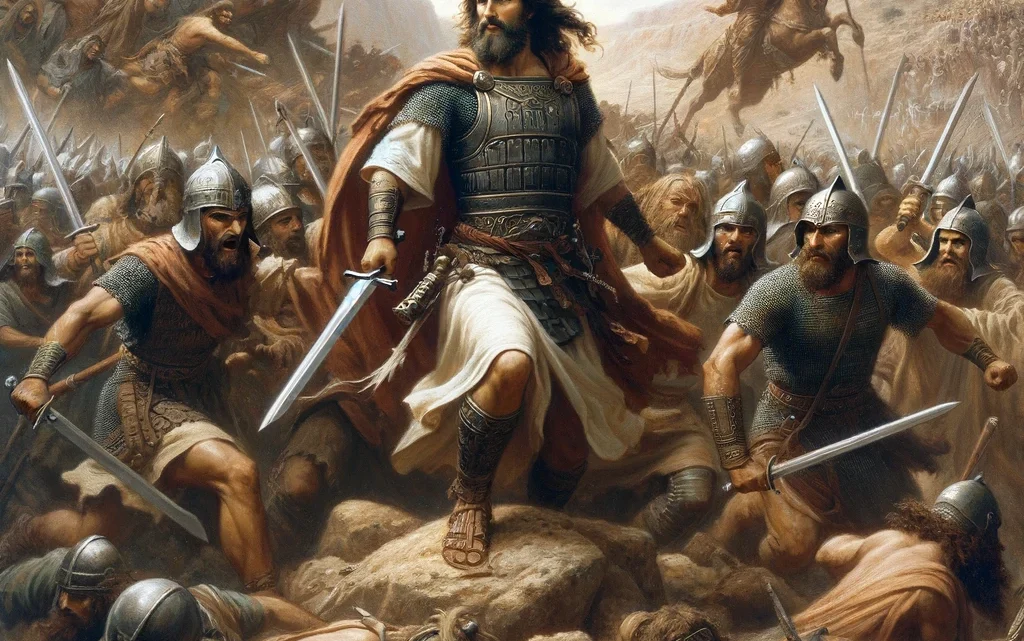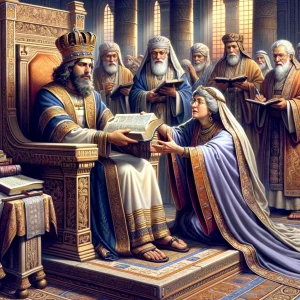“The Silent Years: What Happened Between the Old and New Testament?”


Introduction
The period between the Old and New Testaments, often referred to as the “Silent Years,” spans approximately 400 years. Despite its name, this era wasn’t devoid of significant events or divine influence. Although there were no prophetic writings during this time, it was a period of immense transformation, shaping the context for the New Testament. This post explores what occurred during these “Silent Years” and how they influenced the emergence of early Christianity.
The Historical Context
• The Persian Empire: The Old Testament concludes with the Jewish people under Persian rule. During this time, the Temple in Jerusalem was rebuilt, and the Jewish faith began to solidify its identity (Ezra 6:15-18).
• Alexander the Great and Hellenization: In the 4th century BCE, Alexander the Great conquered the Persian Empire, ushering in the Hellenistic era. Greek culture spread across the Middle East, affecting religious practices and thought. This cultural shift is seen in the widespread use of the Greek language, which later played a crucial role in the dissemination of the New Testament.
• The Septuagint: The translation of the Hebrew Scriptures into Greek, known as the Septuagint, occurred during this period. This Greek translation would later become crucial for early Christians, who used it as their primary scripture.The Rise of Jewish Sects
• The Maccabean Revolt: In the 2nd century BCE, the Seleucid ruler Antiochus IV Epiphanes attempted to force Hellenistic practices on the Jews, leading to the Maccabean Revolt (1 Maccabees 1:41-50). The Maccabees, a family of Jewish priests, led a successful rebellion, reclaiming and rededicating the Temple, an event commemorated by Hanukkah.
• The Hasmonean Dynasty: Following the revolt, the Maccabees established the Hasmonean dynasty, a line of Jewish kings. This period saw the emergence of various Jewish sects, including the Pharisees, Sadducees, and Essenes, which played pivotal roles in the religious context of the New Testament.Roman Domination and the Context of Jesus’ Birth
• The Roman Conquest: The Roman Empire began to assert control over the region in the 1st century BCE. Pompey the Great’s conquest of Jerusalem in 63 BCE marked the beginning of Roman dominance, leading to significant political and religious changes.
• Herod the Great: Appointed by Rome, Herod the Great ruled as King of Judea. His reign was marked by massive building projects, including the expansion of the Second Temple, but also by tyranny and brutality (Matthew 2:1-18). Herod’s rule sets the stage for the New Testament’s account of Jesus’ birth.Implications for the New Testament
The “Silent Years” laid the groundwork for the religious and cultural context in which Jesus and the early Christians emerged. The rise of different Jewish sects, the influence of Greek culture, and the Roman occupation all contributed to the setting of the New Testament. Understanding this context enriches our comprehension of the Gospels and the early church.
Conclusion
While the “Silent Years” may not contain direct prophetic revelation, they were anything but silent in terms of historical and religious developments. By exploring this period, we gain a deeper appreciation for the context into which Jesus was born and the forces that shaped the early Christian movement.

